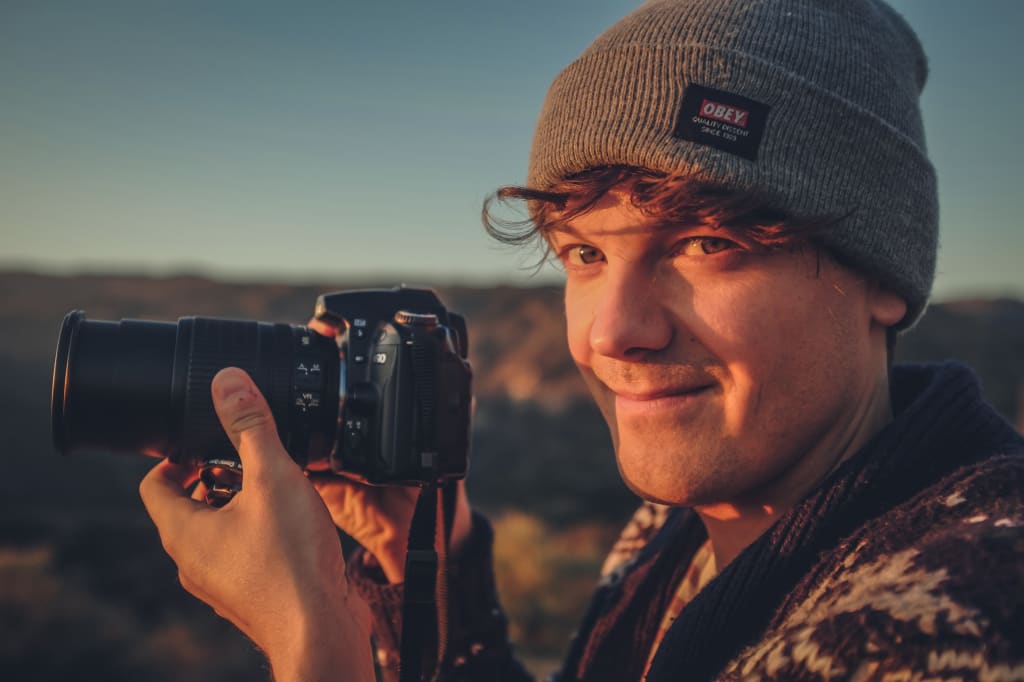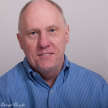4 Simple Tips to Get Better at Photography Immediately
And they are all free

In your photography:
- Do you want to get better?
- Do you want to do it for free?
- Do you want to do it right now?
Then keep reading.
The most important thing you need to do immediately
Look at any book or blog about improving your photography and they all involve equipment you don’t own or some complicated technique you need to learn. If only you bought this or did that, you would get better at your photography, but that’s not the way it works. At least until you get much better with what you have.
Years ago, I was a competitive runner. I typically finished in the top 1% at most distances. After races, some of my running friends would gather for a meal or a beer. At one of these meetings, I saw a group kneeling down around one of the guys as he was showing something. I walked over and asked what was up.
He showed me a new technique for tying your running shoes. Supposedly it relieved pressure on the top of your foot as you ran. This pressure caused extra stress when you had enough just running. This technique could apparently shave seconds off your time.
The problem was, those guys didn’t need to shave seconds, they need to chop off big chunks of minutes.
He asked me what I thought, and I said, “If you want to get better at running, run. A lot.”
If you want to get better at photography, you have to shoot a lot. Every day. Always have the camera with you and if you see something, take the shot. It’s not film. You don’t have to pay someone to process it. Shoot even when you don’t want to. You never know what you might come back with. If nothing else, it may spark an idea for something else. Or looking at it in post-processing you learn something you should have done or avoided.
Training for long-distance running is an iterative process. Not only are you training your muscles, but your mind.
Learning photography is an iterative process. You are training your muscle memory and your mind’s eye.
The more you shoot, the better you’ll get.
Your first 10,000 photographs are your worst.”
― Henri Cartier-Bresson
The one thing you need to buy right now
Are you ready for that one thing? That one piece of equipment you should rush out and buy as soon as possible?
Okay, get your charge card ready, here it is.
Nothing.
Buy nothing. Whatever you have is good enough for a long time.
But what if you don’t even have a camera yet? What then?
Use your phone.
I can guarantee you that a lot of you reading this believe there is something wrong with your camera or lens. You think the out of focus or poorly exposed images are the fault of the equipment. That your equipment is holding you back somehow. And if only you got a better whatever, your photography would improve immediately.
I have some bad news.
It won’t.
Because it’s not your equipment, it’s you. You have a lot to learn. A year from now, you’ll have a lot to learn.
I’ve been shooting for almost twenty years and I have a lot to learn.
Don’t read or study anything that involves getting anything new. Read about exposure. Read about focus. Get a copy of Peterson’s classic book, Understanding Exposure (okay, buy something, happy now?) and make that the second book you read cover to cover.
What’s the first book? Your camera’s manual. Read it until the cover falls off. Read it until you have it memorized; until you recite it in your sleep.
Shoot with what you have until you have mastered exposure and focus. Whatever camera you have, including your phone, can take great pictures. You just have to know how to use it.
What you’re not looking at is the problem
Go out to your local park or favorite shooting spot and take some pictures. Come home and look through them. You probably have a river or lake, maybe a bridge or some picnic tables, some trees and flowers. If you’ve practiced everything so far, you probably have some pretty good pictures, already. But you could have a lot more. You’re looking but not seeing.
Pick your favorite shot out of that bunch. Now go back to the same location and shoot nothing but that subject. I want you to come back with dozens of shots of that one thing.
Look at the details. Get in close. Take a picture of one bolt holding that bridge together. Shoot the grain in the picnic table’s top. Get down low. If it’s a flower, lay on the ground and shoot up at it. Move around it and shoot from different angles.
Look at the textures and the light. Look at the difference in light and background as you circle around it.
You are exercising your eyes and your mind’s ability to see. If you practice this enough, you will see pictures everywhere you go. There won’t be enough time in the day to capture everything.
“The question is not what you look at, but what you see.” Henry David Thoreau
What should never do?
Go back and look at the quote near the top of this article. Do you understand what that means? It means you will shoot a lot of crap before you get much better.
It also means something else it took me a long time to understand and I’m going to give it to you right now.
Everything you think looks good now, will look like crap a year from now.
I remember back in the film days I was out shooting around a river late in the day. I was experimenting with slide film. (What you called transparencies if you wanted to sound knowledgeable.) I shot a picture of the river just as the sun was setting. It was all orange and purple. I thought it was beautiful.
I was impressed.
I didn’t take that slide down to the One Hour Photomat. No, it was way too good for that. I took it to a professional processing studio in town and ordered an 8x10 print. I loved that picture and showed it to all my friends. They loved it and said I should frame it and hang it on the wall. I never did.
A few years ago, we were cleaning out our house to get ready to move and I found that old image, rolled up in a cabinet. Ahh, my old sunset on the river shot. I unrolled it and prepared for amazement again.
It amazed me. At how bad it was. Most of what I remember as purple was black. Nothing was in focus. The sky was over-exposed and the river was under-exposed.
I threw my masterpiece in the trash.
But that’s not what I want you to do.
Delete nothing.
Oh, sure, if it’s completely out of focus, or so over- or under-exposed you can’t tell what it is, then delete it. But the rest of it, archive and keep it. Every few months, go back through all of your photographs from the beginning. Many of the ones you thought were great will cause you to cringe. Some will actually be good, but if you don’t know why they are good or how to get the same result again, use it as a learning tool. Check the aperture and shutter speed. Look at the composition with your newer and better eyes. Learn from it.
Do the same with the crap. Now, if you shot the same scene, would you know how to improve it? If yes, go do it. If not, the same thing, learn from it.
Photography is both extraordinarily complicated and deceptively simple. At its most basic it is aperture and shutter speed. How big is the hole that lets light in and how long does it stay open? That’s it.
Use these four simple tips and practice them every day and you will get better quickly.
About the Creator
Darryl Brooks
I am a writer with over 16 years of experience and hundreds of articles. I write about photography, productivity, life skills, money management and much more.






Comments
There are no comments for this story
Be the first to respond and start the conversation.